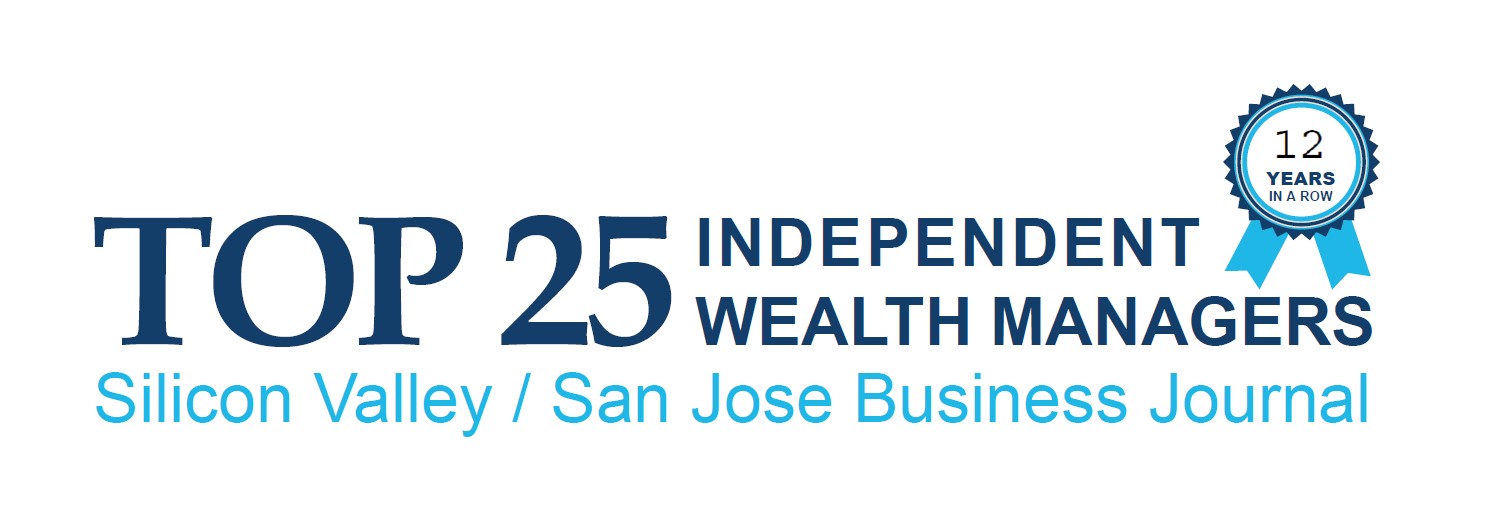Solid U.S. economic growth, an improving global backdrop and high expectations for approaching policy rate cuts are sustaining the risk-on phase and spurring pockets of speculative fever. Hopes for a Goldilocks outcome will persist until an economic roadblock emerges. Global risk asset markets have soared this year, underscoring that liquidity conditions are still plentiful. The euphoria is likely only to end after bond yields resume their uptrend or economic/earnings growth disappoints.
It is becoming clear that monetary conditions are not as restrictive as the largest and fastest Fed increase in rates in modern history suggests, and thus the global economic expansion continues. Consequently, inflation will likely remain a cyclical, and probably a longer-term threat. Consistent with the broadening in the global equity market rally, there has also been a tightening in credit spreads around the globe. While the supply of debt continues to run at a historically rapid pace, demand has also been strong.
The hunt for higher yields has continued even though government bond yields have risen significantly in recent years. Importantly, default fears are running low because solid corporate profitability has persisted, encouraging investors to take credit risk. Positive profit trends have, in turn, sustained historically elevated hiring plans.
While U.S. equities have continued to lead the charge higher since troughing in October, other geographies are starting to catch up and hit new highs. In relative terms, the U.S. is still formidable, although some foreign markets are starting to match the U.S., notably the euro area and Japan. The global equity rally should broaden for the near-term future, as investors have become less fearful of a global recession. A rotation into select laggards is under way both within the U.S. equity market and globally, as investors seek better value and less downside potential.
A potential investment challenge ahead will be a sustained rise in bond yields and thus a less positive backdrop for risk asset markets. Fed indifference towards the escalating asset inflation backdrop has been somewhat surprising, and, therefore, the path of least resistance is rising risk asset prices. The other “extreme” would be a noticeable slowing in economic growth creating earnings shortfalls.
The U.S. consumer remains in solid shape, with remarkably little damage from the Fed’s rate-hiking cycle. While surveys claim that consumers are worried about the future, this reflects non-economic and non-interest rate factors. Current consumer sentiment is historically upbeat as are employment conditions and job security. The rise in U.S. household’s debt-servicing burdens has begun but has only been modest due to the large number of borrowers who locked in low borrowing rates when money was “cheap.” There is a high hope/expectation that borrowing rates will soon be lowered, which has helped to sustain spending. We disagree with this interest rate forecast, but for now we would continue to bet on above-trend U.S. economic growth. There is not a lot of evidence that the economy is in need of interest rate relief.
While the inflation rate has decelerated in the past year, as the one-off price spikes that occurred during the post-pandemic period have unwound, it is still a challenge to determine what the underlying rate of inflation will be when the dust settles – and, of course, much will depend on the state of the global economic expansion going forward. We remain of the view that the underlying rate of inflation will be higher than was the case last decade. In fairness, this is not a high bar since last decade’s prolonged deleveraging phase in the U.S. and euro area kept growth weak, and, therefore, inflation stayed depressed.
We are in a high-risk, highly valued bull market driven by momentum. Predicting the end of a momentum run is a fool’s game. We will remain focused on earning predictability, earnings persistence, and good cash flow generation in equity selection.








